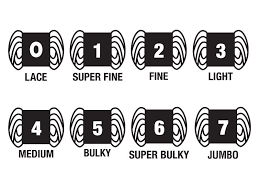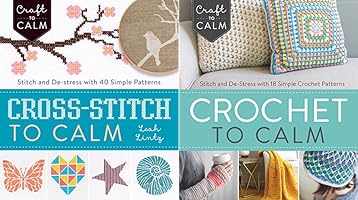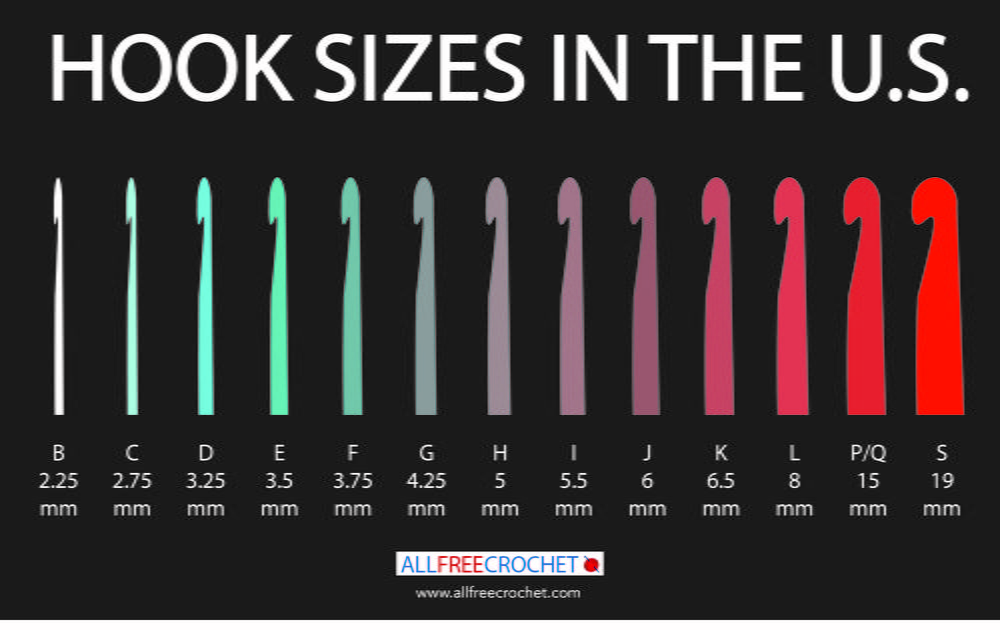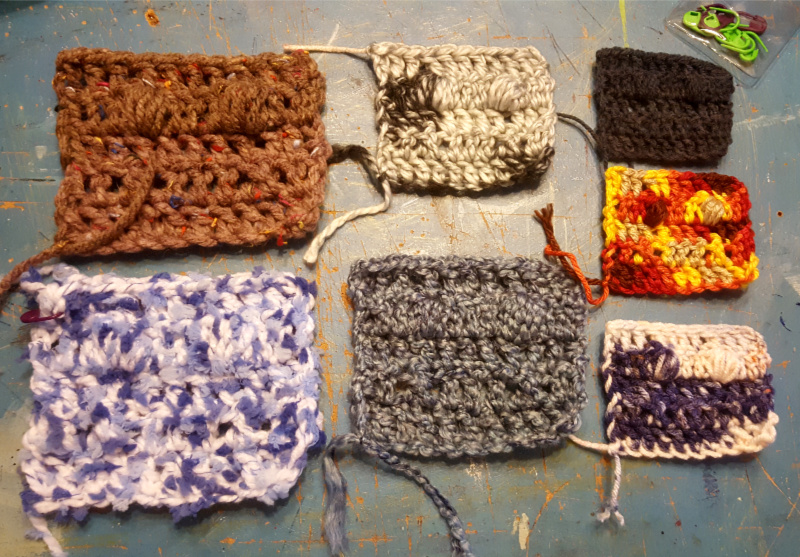Imagine embarking on a cozy evening, cup of tea in hand, ready to tackle your next knitting project. You reach for your yarn stash, and suddenly, a wave of confusion hits. What yarn weight do you really need? It can feel overwhelming, but this guide will demystify the yarn weight universe and help you confidently select the perfect yarn for your creations.
The Basics of Yarn Weight
Have you ever found yourself staring at a skein of yarn, unsure of which weight to choose? You're not alone. Understanding yarn weight is crucial for any knitting or crocheting project. It can truly make or break your creation.
What is Yarn Weight?
Yarn weight refers to the thickness of the yarn. But it’s more than just how thick or thin it is. Yarn weight affects the overall look and feel of your project. It influences the drape, stitch definition, and even the final size of your work. Imagine trying to knit a cozy sweater with lace-weight yarn. It just wouldn’t work, right?
So, why does yarn weight matter? Choosing the right weight ensures that your project turns out as you envisioned. If you pick a yarn that’s too heavy or too light, you might end up with a completely different result than you intended. This can lead to frustration and disappointment.
The Standard Classification System
The Craft Yarn Council has established a standard classification system for yarn weights. Here’s a quick rundown:
Lace: Weight 0
Fingering: Weight 1
Sport: Weight 2
Worsted: Weight 4
Bulky: Weight 5
Super Bulky: Weight 6
Each category serves a specific purpose. Lace weight is perfect for delicate shawls, while bulky yarn is great for warm blankets. Understanding these categories can help you make informed choices for your projects.
Common Conversion Tips
Sometimes, you may want to substitute one yarn weight for another. This can be tricky, but it’s possible with some guidelines. Here are a few tips:
Check your pattern: Many patterns will specify the yarn weight. If you want to substitute, look for a similar weight.
Swatch it out: Always make a swatch to see how the yarn behaves. This helps you understand how it will look in your project.
Consider the project: If you’re making a garment, stick to the recommended weight for the best fit.
Remember, even within the same weight category, drape and stitch definitions can vary widely. This means that two yarns labeled as "worsted" might behave differently. Always keep this in mind when making substitutions.
Why Drape and Stitch Definition Matter
Drape refers to how the fabric falls. A yarn with good drape will flow nicely, while a stiffer yarn will hold its shape. Stitch definition is how clearly your stitches show up in the finished piece. Some yarns create a smooth, even look, while others may obscure your stitches.
For example, a bulky yarn might give you a warm, cozy blanket, but it may not show off intricate stitch patterns as well as a lighter weight yarn. This is why understanding yarn weight is essential. It impacts not just the thickness, but the overall aesthetic of your project.
"The right yarn weight can make or break your project."
As you embark on your crafting journey, remember that understanding the various yarn weight categories is key. Whether you're knitting a pair of socks or crocheting a blanket, yarn weight is a primary consideration. It’s all about finding the right balance for your project.
So, the next time you’re at the yarn store, take a moment to consider your options. Choose wisely, and your project will thank you for it!
Personal Yarn Selection Stories
Yarn selection can feel like a daunting task. You stand in front of shelves filled with vibrant colors and textures. It’s overwhelming, right? But every yarn has a story. Let me share some of mine.
My First Experience with Mismatched Yarn Weight
Ah, the infamous mismatched yarn weight. I remember my first project vividly. I was excited, ready to knit a cozy scarf for winter. I picked a beautiful, chunky yarn. It looked perfect. But I didn’t check the pattern carefully. I grabbed a worsted weight pattern instead.
What happened next? Let’s just say, the scarf turned out to be a blanket! It was huge. I learned a valuable lesson that day: always check your yarn weight against your pattern. It’s a simple step, but it can save you from a lot of frustration.
Have you ever faced a similar situation? It’s easy to get caught up in the excitement and overlook the details. But remember, mistakes are part of the journey. They teach you what to avoid next time.
How an Accidental Purchase Led to a Favorite Blanket Pattern
Sometimes, the best things come from accidents. One day, I accidentally bought a yarn that was completely different from what I intended. I was looking for a soft, pastel color for a baby blanket. Instead, I ended up with a vibrant, bold hue.
At first, I was disappointed. But then, I thought, why not give it a try? I found a new pattern that suited the yarn perfectly. The result? A stunning blanket that became a favorite gift for friends and family.
This experience taught me to embrace the unexpected. You never know what beautiful creations can come from a little spontaneity. Have you ever turned a mistake into something wonderful? It’s a reminder that crafting is about exploration and creativity.
The Joy of Experimenting with Yarn Weights and Textures
One of the most exciting aspects of crafting is experimenting. Have you ever played with different yarn weights? It’s like discovering a new world. Each weight brings a unique texture and feel to your projects.
Bulky yarns: Perfect for quick projects and cozy items.
Fingering weight: Ideal for delicate, intricate designs.
Worsted weight: A versatile choice for many patterns.
When you mix and match yarn weights, you can create something truly unique. I often find myself combining different textures in one project. It adds depth and interest. Plus, it’s a fun challenge!
Remember, crafting isn’t just about the final product; it’s about learning from each stitch. As a crafting community leader once said,
“Crafting isn't just about the final product; it's about learning from each stitch.”
This mindset can transform your approach to yarn selection.
Sharing Your Yarn Stories
Crafting experiences are often more about stories than about finished products. When you share your journey, you connect with others. Your tales of mismatched yarn weights, accidental purchases, and joyful experiments resonate deeply.
Have you shared your crafting stories with others? You might inspire someone to embrace their mistakes or try something new. It’s a beautiful cycle of learning and growing together.
So, the next time you’re faced with a yarn selection, remember: it’s not just about the yarn. It’s about the stories you create along the way. Embrace the journey, and let your yarn choices tell your unique story.
Practical Tips for Choosing the Right Yarn Weight
Choosing the right yarn weight can feel overwhelming. With so many options out there, how do you know which one to pick? The answer lies in understanding your project and the yarn's characteristics. Let's dive into some practical tips that will help you make the best choice.
1. Check Your Pattern's Yarn Recommendations
Your pattern is like a map. It guides you to the right yarn weight. Most patterns will specify a yarn weight, and this is a great starting point. If the pattern calls for a specific weight, it's wise to follow it. Why? Because the designer has tested that yarn with the pattern. Using a different weight could lead to unexpected results.
But what if you have a yarn you love that doesn’t match the pattern? Don’t worry! You can still use it. Just remember to adjust your gauge accordingly. This brings us to our next point.
2. Experiment with Gauge Swatches
Have you ever heard the saying, “A gauge swatch is your best friend in the crafting world”? It’s true! Taking the time to create a gauge swatch can save you from future disappointment. A gauge swatch helps you determine how your chosen yarn will behave with your pattern.
To create a swatch, knit or crochet a small piece using the yarn you plan to use. Measure your stitches and rows. Compare these measurements to the pattern's gauge. If your swatch doesn’t match, you may need to change your needle size or yarn weight. This simple step can make a world of difference in your final product.
3. Explore Different Yarn Textures
Yarn isn’t just about weight. The texture plays a crucial role too. Different yarn textures can affect not only the appearance but also the tactile quality of your finished project. For instance, a soft, fluffy yarn can create a cozy blanket, while a smooth, sleek yarn might be perfect for a delicate shawl.
When choosing yarn, think about the feel you want. Do you want something warm and fuzzy? Or sleek and shiny? Each texture brings its own personality to your project. So, don’t be afraid to experiment!
Final Thoughts
Choosing the right yarn goes beyond simply saying, “I like this color.” It involves understanding how that yarn will behave with your selected pattern. By checking your pattern’s yarn recommendations, experimenting with gauge swatches, and exploring different yarn textures, you’ll be well on your way to creating beautiful projects.
Remember, the journey of crafting is as important as the finished product. Enjoy the process, and don’t hesitate to try new things. After all, crafting is about creativity and self-expression. Happy crafting!



